THE 5 DIFFERENT TYPES OF COMMERCIAL REAL ESTATE
by Fernando Arce, licensed Real Estate Broker
An excellent way to balance a real estate portfolio is to purchase commercial real estate. In 2009 the total value of commercial real estate in the U.S. was $11 trillion dollars. The savvy investor who decides to dive into this market needs to understand the different types of product along with the vocabulary involved. In this article we will touch on the five different types of commercial real estate and the formulas used to evaluate value/return on investment. As well, we will discuss bank financing.
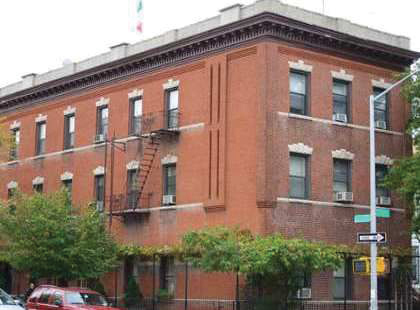
9 units multifamily.
1. Apartment building (also know as multi family) residential properties of 5 or more units. They can also include street level stores and are described as mix use. This is a huge market and over the past few years purchasing and selling activity has increased to record levels. Banks love to lend on them and are readily easy to find.
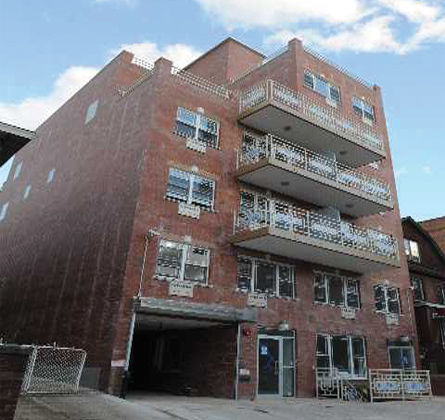
18 units multifamily.
2. Office, warehouses and office-warehouses. They are great investments because they have triple net leases in which the tenants pay rent along with maintenance, insurance and real estate taxes. Property value is calculated by square foot and leases are 5 to 20 years long with rent increases every couple of years.
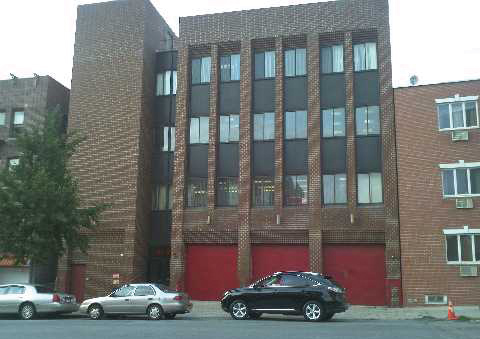
Commercial office space.
3. Retail centers. Most investors like retail centers because, like office and warehouse properties, they’re leased out on long term triple net leases. As an investor, your rate of return won't go down over time as the taxes and expenses go up. So, too, does the escalation clause written in the lease wherein the rent gradually but steadily increases.
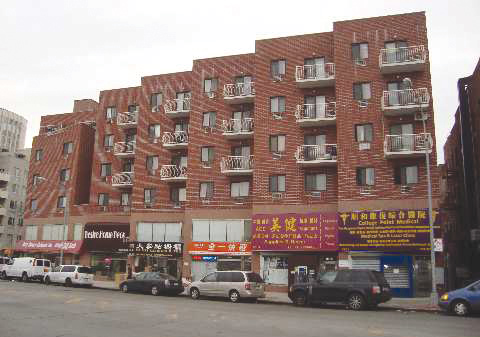
8 units & stores mixed use.
4. Hotels. This asset type is not for the beginner. Many experienced investors find it to be a fun and profitable area for investment. One way to get started in this niche is to invest in the property or the construction of the property and then lease it out to another company that will operate the day to day hotel business. Why? Because running a hotel is a business NOT an investment.
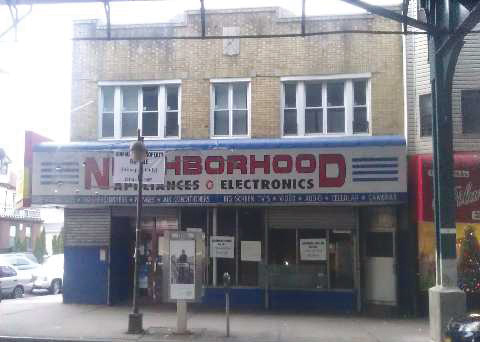
2 units & 1 store mixed use.
5. Land development. This is one of the most exciting types of real estate. However you may want to consult an architect before purchasing any land. The difference of a designated R5 zone to a R6 zone piece of land can have a dramatic difference in value and what can be built on that parcel. The potential for profit is huge, but land development is not for the faint of heart. It is capital intensive since banks will not lend on land purchase.
Now let’s talk about some of the terms used when discussing commercial real estate. One of the most important formulas used is the capitalization rate (Cap Rate). This rate calculates the net operating income (NOI) divide by the selling price: NOI/Sale Price. The higher the rate the better the investment. For example, if a property has a net income of $96,000 per year and you buy it for $1 million dollars. Your cap rate is 9.6%. $96,000/$1,000,000
Another formula used in income producing property is GRM (Gross Rent Multiplier). Take the gross rent roll of a property and multiply it by 10, which is the current market value multiplier today, and it will give you the approximate value of the property. For example, if a property has a gross rental income (GRI) of $165,000 per year. Multiply 165 x 10 = $1,650,000 sale price.
Investors who don’t want to deal with these hassles directly can gain exposure to commercial real estate through real estate investment trusts (REIT). Lastly, when buying commercial real estate the bank requires a 35% down payment and will appraise the property strictly on the income it will generate. Hiring a real estate management firm is also recommended. If you have any questions or would like more info send me an email or call me.
Mr. Fernando Arce is a licensed real estate broker for over 17 years.
He can be reached by email at: fernando.arce@aol.com or by phone at: 646-306-4326.
© 2013 TLC Magazine Online, Inc. |